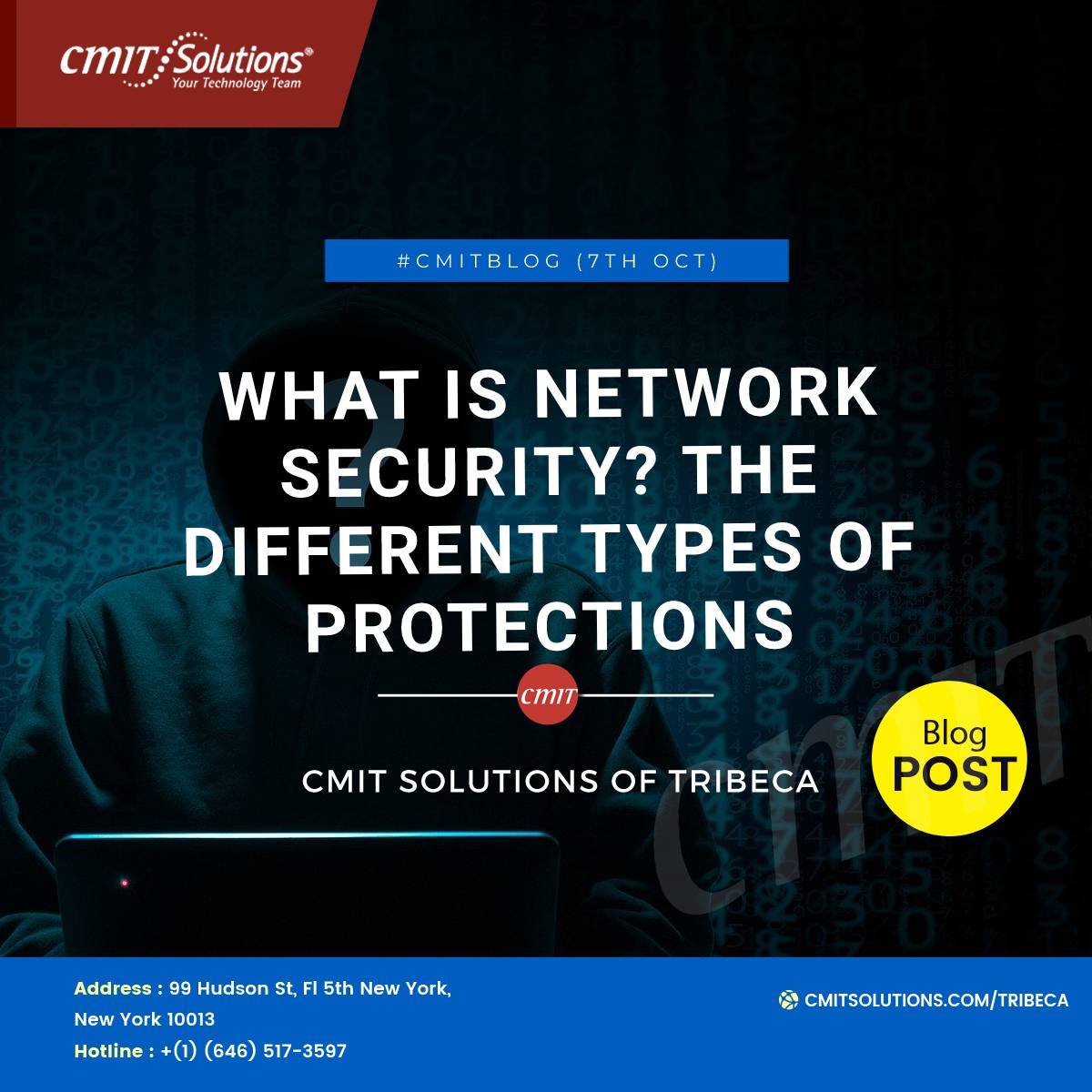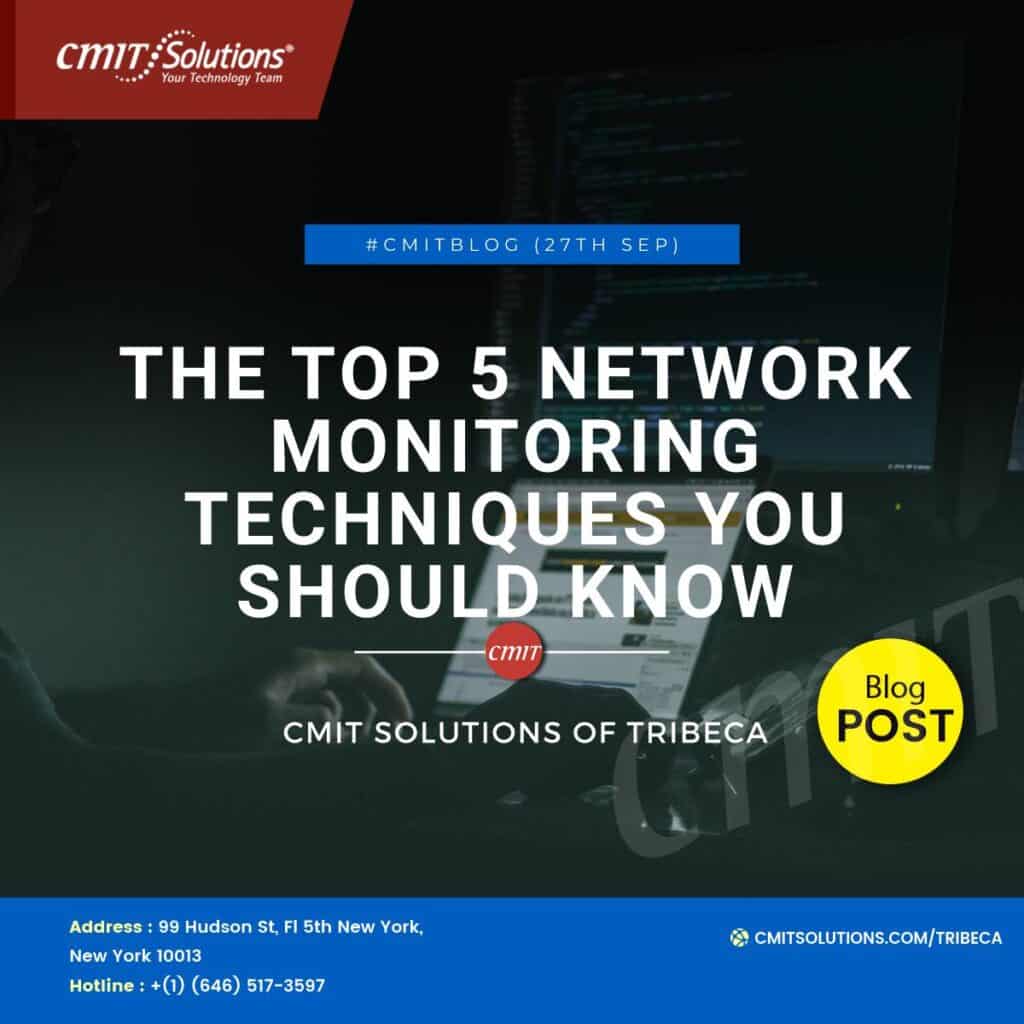Network security – what is it?
Your network and data are shielded from threats such as hacking and attacks by network security. This is a broad and inclusive phrase that refers to both software and hardware options as well as network usage, accessibility, and overall threat protection policies, rules, and configurations.
Access control, antivirus software, application security, network analytics, various forms of network-related security (endpoint, online, wireless), firewalls, VPN encryption, and more are all included in network security.
The advantages of network security
In order to preserve client data and information, maintain the security of shared data, ensure dependable network performance, and defend against online attacks, network security is crucial. Costs are reduced and businesses are shielded from severe losses brought on by a data breach or other security incident thanks to an efficient network security solution. System, application, and data access that is appropriate facilitates business operations and customer service.
Different Forms of Network Security Measures
FireWall
Using pre-established security rules, firewalls manage the incoming and outgoing traffic on networks. Firewalls, particularly Next Generation Firewalls, which concentrate on thwarting malware and application-layer attacks, are crucial to network security.
Network segmentation
Network segmentation creates boundaries between groupings of assets when they all share a similar purpose, risk, or role within an organization. For instance, the perimeter gateway keeps a corporate network apart from the Internet. By thwarting potential outside attacks, sensitive information of an organization is preserved inside the network. Increasing the number of internal network barriers inside an organization can improve security and access control.
Access Control: What is it?
Access control limits unauthorized access and potential dangers by defining the individuals, organizations, and devices that have access to network applications and systems. Role-based Access Control (RBAC) regulations make sure that the person and device have authorized access to the asset, while integrations with Identity and Access Management (IAM) products may accurately identify the user.
Remote VPN Access
With a VPN, certain hosts or clients, such telecommuters, mobile users, and extranet users, can safely and remotely access a company network. Typically, each host runs VPN client software or uses a web-based client. The privacy and integrity of sensitive data are protected by the use of multi-factor authentication, endpoint compliance checking, and encryption of all sent data.
Network Access with Zero Trust
The zero trust security paradigm states that a user should only have the privileges and access required to fulfil their given tasks. This approach is very different from what is provided by VPNs and other traditional security solutions, which give users full access to the target network. Users that require granular access to an organization’s applications are able to carry out their duties thanks to zero trust network access (ZTNA), also known as software-defined perimeter (SDP) solutions.
Security for Email
Email security refers to any practices, products, and services designed to protect your email accounts and email content from outside threats. Even though most email service providers have security precautions in place to keep you safe, they might not be enough to stop hackers from obtaining your information.
Data Loss Avoidance (DLP)
In order to prevent the disclosure of sensitive data outside of a company, data loss prevention (DLP), a cybersecurity methodology, combines technology and best practices. This includes regulated data, such as personally identifiable information (PII) and compliance-related data, such as HIPAA, SOX, PCI DSS, etc., as well as data that is subject to regulation.
Intrusion Prevention Systems (IPS)
IPS solutions are able to recognize and stop network security assaults including brute force, DoS, and exploits of known flaws. An exploit is an assault that takes advantage of a vulnerability, such as one in a software system, to take over that system. A vulnerability is a flaw, for example. When an exploit is disclosed, there is frequently a window of time for attackers to take advantage of that weakness before the security fix is implemented. In these situations, an intrusion prevention system can be employed to effectively stop these attacks.
Sandboxing
In a secure, separated environment that closely resembles end-user operating environments, sandboxing is a cybersecurity method that enables you to run programmes or access data on a host machine. Sandboxing monitors opened files or code while looking for potentially harmful behaviour in order to prevent attacks from accessing the network. Malware, for example, can be safely identified and avoided in file formats like PDF, Microsoft Word, Excel, and PowerPoint before the files reach an unwary end user.
Network Security at Scale
Hyperscale refers to an architecture’s capacity to scale effectively as the system is subjected to rising demand. Rapid deployment and scaling up or down are features of this system that can adapt to shifting network security requirements. It is feasible to completely utilize the hardware resources offered in a clustering solution by tightly integrating networking and computation resources in a software-defined system.
Secure Cloud Networks
Applications and workloads are no longer only housed locally in a data center on-site. Greater adaptability and innovation are needed to protect the modern data center as application workloads move to the cloud. Network security solutions are made possible by software-defined networking (SDN) and software-defined wide area networks (SD-WAN) in private, public, hybrid, and cloud-hosted Firewall-as-a-Service (FWaaS) deployments.
Network Security Will Protect Against
A virus is a harmful, downloaded file that can remain dormant and multiply by altering other computer programmes with its own code. Strong network security will defend against viruses. Once it has propagated, those files are infected and have the potential to corrupt or destroy network data as well as proliferate from computer to computer.
Worms: Worms can slow down computer networks by consuming bandwidth and reduce the speed at which your computer processes data. A virus requires a host application to proliferate, whereas a worm may replicate and function independently of other files.
Trojan: A trojan is a backdoor programme that lets malicious users enter a computer system through what initially appears to be a legitimate programme but quickly turns out to be dangerous. A trojan virus can steal sensitive data, erase files, and activate additional malware that is concealed on your computer network.
Spyware: True to its name, spyware is a computer virus that secretly collects data on a person or organization and may share that data with a third party without the user’s knowledge or consent.
Adware: Can lead your search requests to commercial websites while also gathering marketing information about you in order to display tailored advertisements based on your search and purchase history.
Ransomware is a sort of trojan cyberware that encrypts data to make it unusable and blocks access to the user’s system in order to extract money from the computer of a person or an organization on whom it has been installed.
With CMIT, secure your network!!
Protecting customer data and information requires network security. Additionally, it protects against viruses, maintains the security of shared data, and enhances network performance by reducing administrative expenses and the likelihood of costly data breaches. In the long run, it can also help businesses save money because there will be less downtime because of malicious users or malware.
Network security solutions from CMIT may be scaled for corporate expansion, offer a uniform approach for streamlined operations, and simplify network security without affecting performance.
To learn how we secure customers with reliable network security for on-premises, branches, and public and private cloud environments, get in touch with CMIT Solutions of Tribeca right away.









